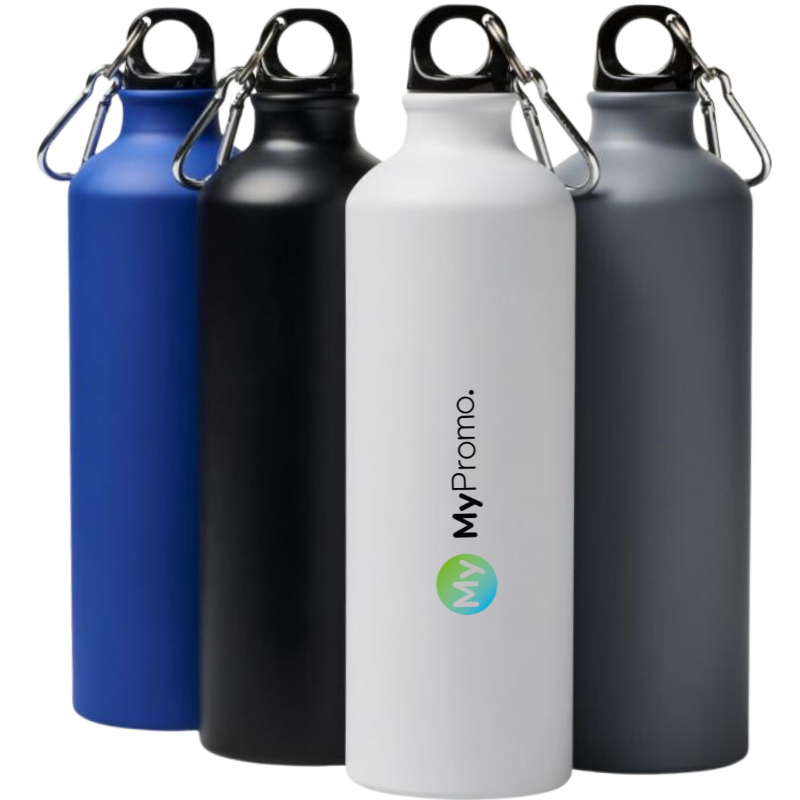Screenround
What is Screenround?
Screenround printing is a dynamic printing technique that has carved a niche for itself within the advertising and promotional gifts sector. Known for its capability to print on cylindrical and rounded objects, Screenround enables businesses to brand a diverse range of products, enhancing marketing strategies and consumer engagement.
Defining Screenround
Screenround, often referred to as circular screen printing, is specifically designed for applying artwork and text around the entire circumference of cylindrical objects such as bottles, cups, and candles. This method emerged as an innovation within the traditional screen printing industry to address the challenges associated with decorating non-flat surfaces. Its development opened up new marketing opportunities for promotional items that standard flat surface printing could not accommodate.
The Screenround Process
The process of Screenround printing involves securing the object on a specially designed rotary module. A screen stencil wraps around the object, and as it rotates, ink is applied through the screen onto the object’s surface. This rotation ensures that the ink is evenly deposited across the surface, creating a continuous and seamless design around the product. The precise control of the movement and the application of ink set this technique apart from traditional screen printing methods.
Tools and Materials in Screenround Printing
To successfully implement Screenround printing, several specialised tools and materials are essential. These include a rotary screen printing press, capable of holding cylindrical items securely as they rotate. Screens that conform to the curvature of the objects being printed on are also critical. High-quality inks that adhere well to curved surfaces and withstand handling without cracking are another necessity. Finally, a drying and curing system ensures that the ink sets quickly and permanently.
Applications of Screenround
Screenround printing is prevalent across various industries, especially in creating promotional merchandise such as personalised water bottles, personalised candles, and uniquely designed cosmetics containers. The ability to print full-colour images and intricate designs around an entire product enhances its aesthetic appeal and increases its value as a promotional tool.
Advantages of Using Screenround
One of the key advantages of Screenround printing is its ability to produce high-quality, durable prints on rounded surfaces, which are often challenging for other printing techniques. The prints are also highly resistant to peeling or fading, ideal for items that undergo frequent handling. The method allows for high-volume production, making it cost-effective for large orders.
Comparison with Other Printing Techniques
Screenround stands out from other printing methods like pad printing or digital printing due to its unique ability to print 360 degrees around an object. While digital printing provides excellent detail and colour variation, it cannot seamlessly wrap images around curved surfaces. Pad printing, although suitable for curved surfaces, does not support continuous designs.
Potential Challenges
Despite its many benefits, Screenround printing can be complex to set up and requires a significant investment in specific machinery and tools. The process also demands precise setup to ensure that the artwork aligns perfectly during the printing. Additionally, the range of substrates suitable for Screenround is somewhat limited by the need for them to withstand the heat and pressure of the printing process.
Comparison Table of Printing Techniques
| Printing Technique | Substrate Suitability | Print Quality | Cost-Effectiveness |
|---|---|---|---|
| Screenround | Cylindrical surfaces | High | High for large runs |
| Digital Printing | Flat and curved | Very High | Moderate |
| Pad Printing | Curved, uneven | Moderate | High |
What is Screenround printing?
Screenround is a specialised printing technique used to apply continuous designs on cylindrical and rounded objects.
What makes Screenround different from traditional screen printing?
Unlike traditional screen printing that is suited for flat surfaces, Screenround can apply inks around the entire circumference of cylindrical items.
What are the typical uses of Screenround printing?
It is commonly used for decorating bottles, candles, and other promotional items that require full-wrap decoration.
What are the main benefits of Screenround printing?
It offers durability, the ability to print full-circle designs, and suitability for large-volume orders.
What challenges might one face with Screenround printing?
Challenges include the high initial setup cost, the need for precise operation, and limitations on the types of substrates that can be used.






